Fr Francis Delachienne sm, known as Fr Delach and as Pā Hohepa
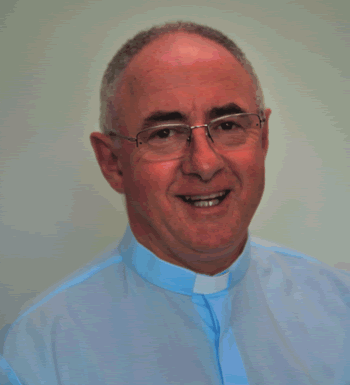
Fr Chris Martin sm
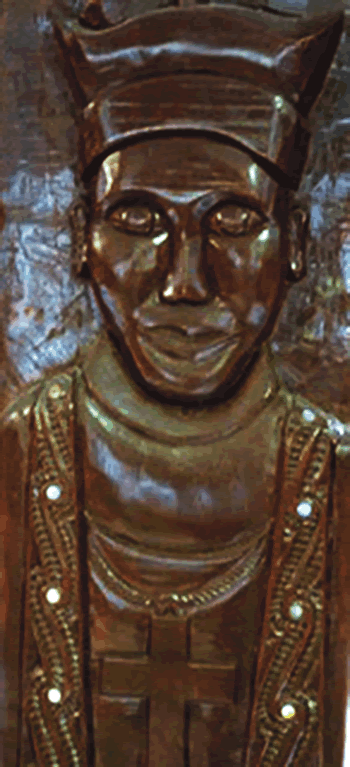
The carving of Fr Delach in the Ngatokowaru meeting house
While some of the early Marists in New Zealand are well known, there are others almost unheard of in this generation. Many were quite heroic in the trials they faced and achieved a great deal in the mission to proclaim the Gospel and establish the Church in our land.
I first heard of Fr Francis Delach when I was a seminarian in 1981. I had enrolled in a Māori studies paper at Victoria University. We visited a Marae near Levin. When we arrived at Ngatokowaru Marae I noticed two prominent carvings in the meeting house. One, I was told, was the Anglican Bishop Hadfield. The other was Fr Delach sm. I felt quite proud to make a connection as a Marist. Eventually, I learned more about him.
In the years between 1890 and 1914 Fr Delach and Fr Melu, based in Ōtaki, worked together, and were almost solely responsible for the mission among Māori in the area from the Rangitikei River in the north, to the Waitaki River in the south. It was a vast area to cover and they did amazing work.
Fr Gus Venning, professed as a Marist in 1907, was the first New Zealand-born Marist who worked among Māori, but it was a small group of French who remained in Māori ministry, when most Marists were appointed to minister to the increasing numbers of European settlers. Mostly, those involved in Māori ministry looked after themselves financially, rather than depending on the Society of Mary.
Francis Melu, from St Étienne, Nantes, in Brittany, was born in 1855, made his Marist profession in 1883, and arrived in New Zealand the following year. He spent his whole priestly life serving among Māori. Archbishop Redwood paid special tribute to him at his Golden Jubilee in 1931.
Francis Delachienne was younger, born in 1866, in St Brieuc, Brittany. He arrived in NZ within months of his ordination in 1890. He, too, spent his entire ministry in this country among Māori. He became steeped in te reo and tikanga – language and custom.
What makes Delach and Melu so special? Certainly they covered huge distances. They were involved in the building of at least 24 churches among the Māori communities. It is said they complemented each other. They acknowledged that Melu was the mind and Delach the hands. Delach produced a regular magazine Te Whare Kura and worked, sadly unsuccessfully, to standardise Māori translation of prayers for the whole country.
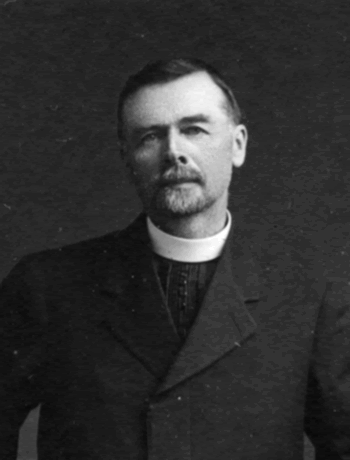
Fr Delach sm
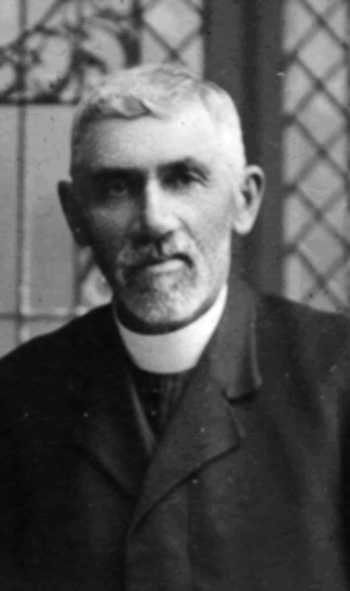
Fr Melu sm
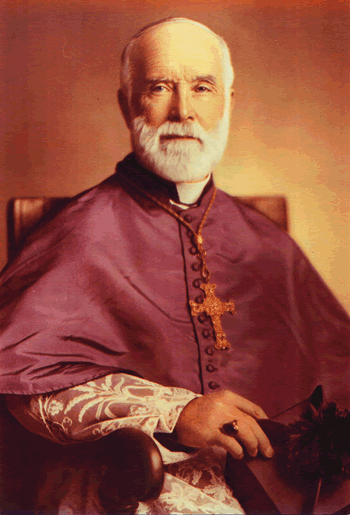
Archbishop O'Shea sm
While there is not a direct chronological continuity, the hui they held would be the origins of the annual Hui Aranga that continues today, organised and run by the iwi themselves.
For Fr Delach, the story did not end well. While he had worked tirelessly for twenty-five years among Māori, in 1915 he returned to France where he had a Māori prayer book printed. Sadly, even tragically, Archbishop O’Shea sm would not permit Fr Delach to return to New Zealand. It seems that O’Shea had reservations about the large hui and their success. Even at that time there was a narrow vision where it was thought Māori would become part of the European parishes – the process of assimilation.
Fr Delach had also fallen out with O’Shea over a court libel case about an article he wrote in the Whare Kura. He had referred to a man from the Wairarapa, claiming to be a prophet, as a wood hen parading as a peacock. The Archbishop would not allow church money to be used to pay the expenses of the libel suit. One can only wonder what would have happened had Fr Delach been allowed to return and continue his mission.
It was a personal spiritual pilgrimage for me to visit Pā Hohepa’s grave when I was on sabbatical in 2012. A French Marist I met in Paris told me that as a school student, he attended Fr Delach’s funeral in Senlis, north of Paris. I am not sure how many have sung Mo Maria at his grave, but I certainly did!
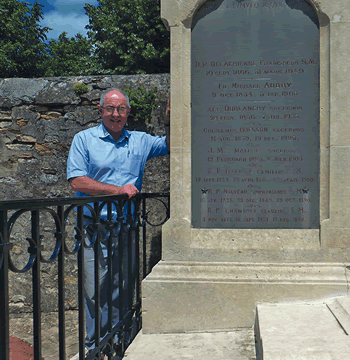
The author beside Fr Delach's grave, Senlis, France
 Entries(RSS)
Entries(RSS)